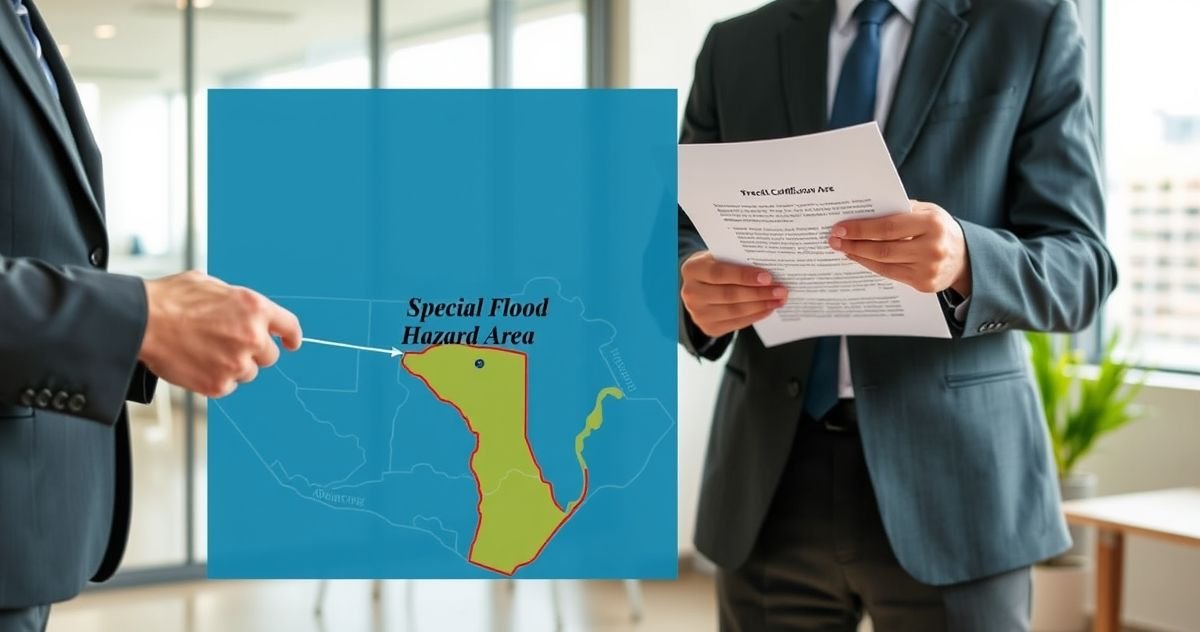When purchasing or refinancing a home, the Flood Certification Disclosure plays a critical role in informing you about flood risks associated with the property. This disclosure, provided by your mortgage lender, specifies whether your property is located within a FEMA-designated Special Flood Hazard Area (SFHA), a zone deemed at high risk for flooding. Properties in these zones usually require flood insurance as part of the loan agreement, mandated by federal law, specifically through the National Flood Insurance Reform Act of 1994.
Flood zones are designated by FEMA through its National Flood Insurance Program (NFIP) using detailed maps that categorize areas by flood risk levels such as Zone A (high risk) or Zone X (moderate to low risk). Understanding these zones helps buyers assess potential flood hazards that could impact property value and safety. For instance, high-risk areas have at least a 1% annual chance of flooding, which translates to a 26% chance over a typical 30-year mortgage term.
Lenders require the Flood Certification Disclosure as part of their risk management to protect their investment. Without flood insurance, flood damage could severely reduce a property’s worth, putting the lender at financial risk. The disclosure will specify whether flood insurance is required, introduce the availability of flood insurance through the NFIP and private insurers, and remind buyers that flood insurance costs are an additional financial consideration alongside mortgage payments and other housing expenses.
Homebuyers typically receive this disclosure shortly after applying for a mortgage or before closing, allowing them to factor flood insurance costs into their budget. If the property is in a high-risk zone, federal regulations mandate flood insurance, separate from standard homeowners insurance, which generally does not cover flood damage.
Flood insurance premiums vary depending on flood zone designation, home elevation, building type, and deductible selection. Obtaining premium quotes early can help buyers evaluate affordability and avoid unexpected expenses.
Common misconceptions include believing homeowners insurance covers flood damage, that flood risk only applies near water bodies, or assuming federal disaster aid will replace insurance coverage. In reality, flood insurance is specifically designed to cover flood-related losses, regardless of proximity to rivers or oceans, and federal disaster assistance is often limited.
For detailed flood zone information, buyers can consult the FEMA Flood Map Service Center FEMA Flood Map Service Center. Also, for related topics on flood risk ratings and flood hazard area determination, see FinHelp’s glossary entries on Flood Risk Rating (Loan Context) and Flood Hazard Area Determination.
Understanding the Flood Certification Disclosure equips homebuyers with knowledge to navigate flood risks, make informed insurance decisions, and safeguard their investment against water damage.



